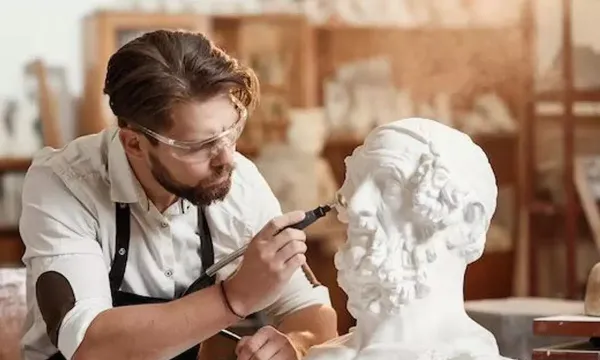
Sculpture, probably one of art’s most tactile, grounded forms, is a tribute to the art form’s enduring capability to transcend boundaries. Sculptures, as opposed to paintings or photos, are part of the place. They encourage contact, conversation, and introspection. Sculptures provide a dynamic and universal language that speaks to both common human experiences and aesthetics, from ancient monuments that narrate the tales of civilizations to modern works that challenge preconceptions and stimulate thinking.

It encourages engagement rather than just observation. Sculptors open their studios, museums provide seminars, schools organize exhibits, and installations enliven public areas all across the globe. These events build relationships in addition to showcasing ability. This day emphasizes the inclusive nature of sculpture, whether it is a student molding clay for the first time or an experienced artist revealing a massive work.
Fundamentally, sculpture binds us to one another, to culture, to history, and to emotion. It instills perseverance, patience, and the importance of manual labor.
A timeless form of expression that unites rather than divides, sculpture continues to provide a common ground in a society that often seems separated by language or ideology.